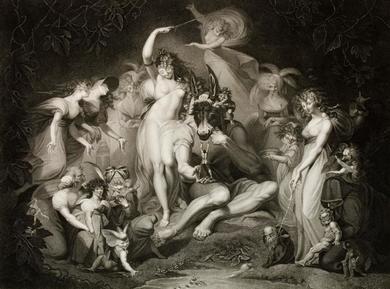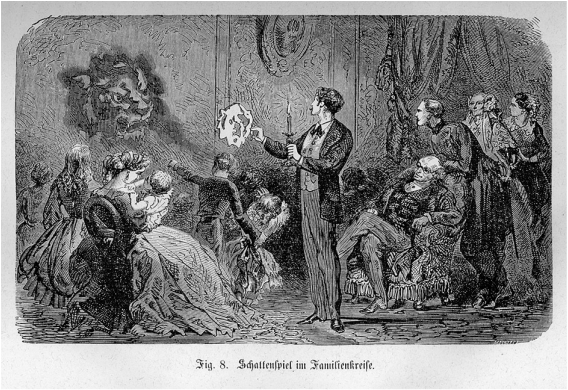New Doc Series
It's been a busy year in TV land. For one, I am in postproduction on the last of three episodes I wrote and directed for a new television series entitled Skindigenous. The show explores ancient Indigenous tattooing traditions around the world. My episodes focused on Polynesia, and I had the pleasure and high honour of spending time with some of the great masters of the art in that part of the world: the Sulu'ape family of Samoa, Gordon Toi of New Zealand, and Keone Nunes of Hawaii. They taught me tons, and I'll be forever grateful to Jason Brennan, Nish Media, my co-directors, our excellent crew and the beautiful people of the South Pacific for a rich and humbling experience. I'll write more about Skindigenous as we ramp up for broadcast on APTN in early 2018.
Spanish Edition of Reclaiming Art
In February, Ediciones Atalanta released a Spanish edition of Reclaiming Art under the title Vindicación del arte en la era del artificio. By all accounts, Fernando Amansa Salomó did an excellent job with the translation. Jacobo Siruela's publishing house is pretty much my dream publisher, so uncannily do their offerings seem specifically tailored to my personal obsessions. Having my work appear in their catalogue therefore qualifies as what David Lynch would call a "beautiful thing." So far, Vindicación has gotten a surprising amount of mainstream attention (here's one example for Spanish readers), and the book seems to be finding a good number of interested readers, many of whom have taken time to write and share their enthusiasm about the book. That too is a beautiful thing.
The Weird Studies Podcast
Musicologist Phil Ford and I are in the process of creating a new podcast, Weird Studies, wherein we will discuss art, philosophy and the occult in a contemporary context. Phil and I both have a strange attraction to the weird and value the affordances it grants those who choose to look at the world through its lens. In our prep work, we've been tossing around such potential conversation pieces as the discovery of electricity, the Tunguska Event, hermaphroditism, Hiroshima, the new Twin Peaks series, and the I Ching.
Among many other things, Phil is the author of Dig: Sound and Music in Hip Culture, a brilliant and erudite work on the concept of hipness in music and the arts which I couldn't more heartily recommend you acquire and ravenously consume. You can also get a taste of Phil's singular intelligence and wit at Dial M for Musicology. Personally, I think it's high time that something like this podcast sees the light of day; Phil and I have been engaged in an energetic correspondence since 2015, and we need an outlet for our insights.
New Work on Ligotti
Finally, I'm immersing myself once more in the fiction of the great Thomas Ligotti, for an essay to appear in an upcoming anthology edited by James Curcio and Jack Marsh, PhD. Bearing the tantalizing title Masks: Bowie and the Artists and Artifice, the book gathers up the results of some deep delves into the mystique of artistic persona as it relates to creative work. Last fall, James and I had a long conversation on the nature of art at Modern Mythology. Check it out if you've a mind for some shop talk from inside the mask-n'-mannequin factory that is the aesthetic enterprise. Philosopher Jack Marsh and I are also working on a new project, but I'll wait until things have developed a bit more to talk about that.
There's more, but I'll stop there. Consider this post an assurance that this site and its author are both alive and kicking.


 RSS Feed
RSS Feed